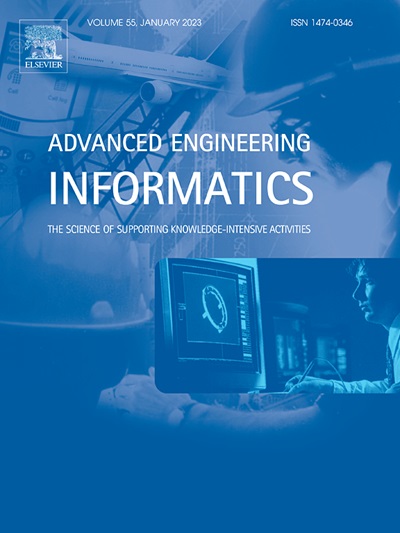A multi-stage active learning framework with an instance-based sample selection algorithm for steel surface defect
IF 8
1区 工程技术
Q1 COMPUTER SCIENCE, ARTIFICIAL INTELLIGENCE
引用次数: 0
Abstract
The application of deep learning (DL) for high-precision inspection to identify and locate the positions of each type of steel surface defect has demonstrated considerable potential for the quality control of steel products. However, the time-consuming and labor-intensive nature of manually labeling large amounts of data has limited DL’s broader deployment in this field. While traditional active learning methods can select the most valuable labels based on the amount of information, they fail to consider the positional and categorical information during the information computation process, thereby preventing the extraction of spatial information with multiple defects simultaneously. To address this challenge, this paper proposes a multi-stage active learning framework with an instance-based sample selection algorithm (MALF) for steel surface defects. Firstly, a soft weighted label assignment with prior information is constructed with the objective of achieving stable training and high-precision instance detection with a minimal amount of label annotation. Furthermore, when provided with high-precision instances, an independent evidence branch utilizing a reweighted Dirichlet distribution is capable of generating epistemic uncertainty with remarkable efficiency. Besides, a methodology based on diversity has been devised to ascertain the similarity with instance data as a diversity criterion, thereby obtaining detailed spatial information in multi-defect images. The results of experiments conducted on a variety of benchmark methods indicate that MALF is capable of filtering out more informative images for annotation while achieving higher accuracy with the same sample size.
求助全文
约1分钟内获得全文
求助全文
来源期刊

Advanced Engineering Informatics
工程技术-工程:综合
CiteScore
12.40
自引率
18.20%
发文量
292
审稿时长
45 days
期刊介绍:
Advanced Engineering Informatics is an international Journal that solicits research papers with an emphasis on 'knowledge' and 'engineering applications'. The Journal seeks original papers that report progress in applying methods of engineering informatics. These papers should have engineering relevance and help provide a scientific base for more reliable, spontaneous, and creative engineering decision-making. Additionally, papers should demonstrate the science of supporting knowledge-intensive engineering tasks and validate the generality, power, and scalability of new methods through rigorous evaluation, preferably both qualitatively and quantitatively. Abstracting and indexing for Advanced Engineering Informatics include Science Citation Index Expanded, Scopus and INSPEC.
 求助内容:
求助内容: 应助结果提醒方式:
应助结果提醒方式:


